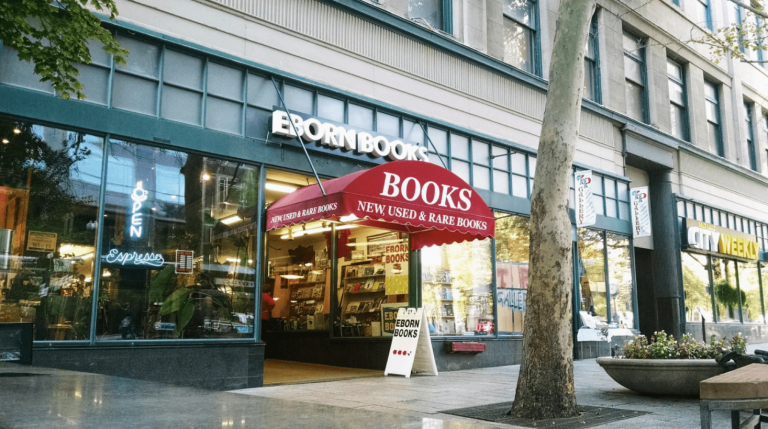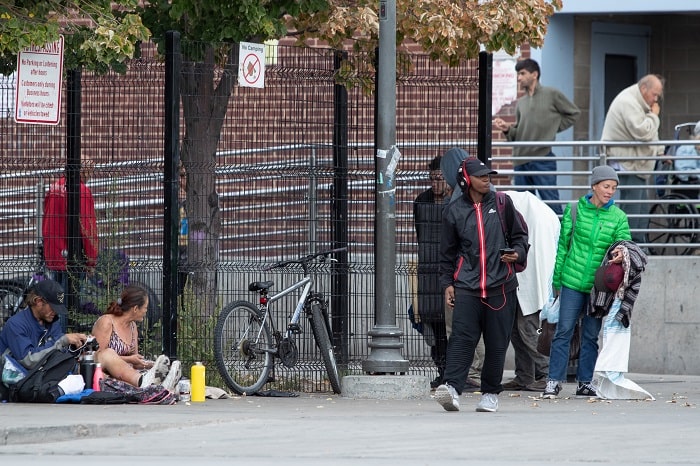
A Downtown Renaissance?
It’s an exciting time for Downtown Salt Lake City. Five high-rise buildings are poised to redefine the capital city’s skyline in 2020 with apartments, hotel rooms, office space, and retail; new bars and restaurants are opening up on every street; an influx of young professionals are moving to the area to take advantage of it all. This is on top of the decade of work that’s already taken place in the city’s core, including City Creek Center’s debut in 2012 and the arrival of higher-end retailers. Last year saw the near completion of the $100-million renovation of The Gateway from a struggling shopping center to a hub for entertainment, dining, residency and even cutting-edge companies.
The Gateway now houses the likes of Kiln, a coworking space with a focus on incubating fin-tech (financial technology) companies; and Recursion Pharmaceuticals, whose offices in a former Dick’s Sporting Goods truly depict the shift taking place downtown.
“The name of the game in business development is the labor force, and Utah has a young, well-educated labor force. It’s an attractive place to do business,” says Dee Brewer, executive director of Downtown Alliance, a nonprofit organization bolstering the culture and commerce of downtown.

Global companies like Goldman Sachs would agree. The investment bank’s downtown Salt Lake City offices now house their second-largest employee base in North America.
But to jumble an old cliche, in with the new means out with the old.
Rising rents and redevelopment of aging infrastructure have left many long-standing businesses priced out of the market or evicted.
Eborn Books, Utah’s largest retailer of new, used and rare books, and City Weekly were among the businesses in the David Keith Building on Main Street that were told to be out by the end of 2019 as the building prepares for redevelopment.
Revitalization And The Road Home
Another outcome of the downtown revitalization is the closure of The Road Home, the homeless shelter in the Rio Grande neighborhood.

Following three homicides in a two-week period near the shelter in July 2017, state and local leaders launched Operation Rio Grande with the goal of closing the large shelter, which can serve 1,100 people a day, and opening three centers dispersed throughout the county to better connect the homeless population with mental health, addiction, and housing resources.
“One large shelter in the community was a one-size-fits-all emergency services model that wasn’t really set up to serve people well, especially families with children, youth, domestic violence victims and individuals with disabilities,” explains Preston Cochrane, executive director of Shelter the Homeless.
It also clustered the homeless population in one area, which resulted in a concentration of crime, drug, and public safety issues.
The Geraldine E. King Women’s Resource Center, a 200-bed facility on East 700 South, opened in August; and the Gail Miller Resource Center, a 200-bed co-ed facility on Paramount Avenue, opened at the beginning of September. When the 300-bed, all-male resource center opens in South Salt Lake in the coming months, the Road Home is slated to shutter its doors for good. The large warehouse, owned by Shelter the Homeless, has been sold to the state for $4 million.
The dispersed, resource-focused approach is one that advocates hope will help those struggling with homelessness.
After reducing chronic homelessness by 91 percent over the decade leading up to 2015 through a “housing first” policy, which focused on getting people into housing, regardless of mental illness or substance abuse issues, Utah has experienced a resurgence in the homeless population.
The Beehive State saw a near doubling of its homeless population between 2016 and 2018, according to the state’s annual homelessness report. The latest data reports that as of January 2018, an estimated 2,876 people were experiencing homelessness on any given day.
“I think it’s due to a lot of different factors,” says Cochrane. “You’ve got population growth, employment growth, new companies coming in, high rents and a low inventory of affordable housing. Couple all those together and that creates more stress on housing. But we can’t just build our way out of this problem.”
With the new centers, they hope to focus on the root issues contributing to homelessness: financial insecurity, addiction, and mental health. These efforts are bolstered by the team of downtown ambassadors launched in 2018—and funded by the Downtown Alliance, Salt Lake City and Visit Salt Lake—out on the streets, reaching out to the homeless and helping to connect them with services.
“Issues of vagrancy and panhandling are by no means solved by the efforts we’ve made to date; and the entire community needs to stay vigilant and help those individuals get the care and the services they need,” adds the Downtown Alliance’s Brewer.





